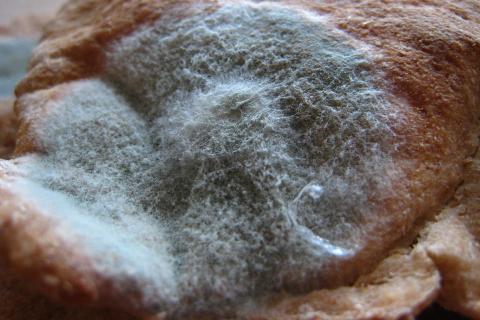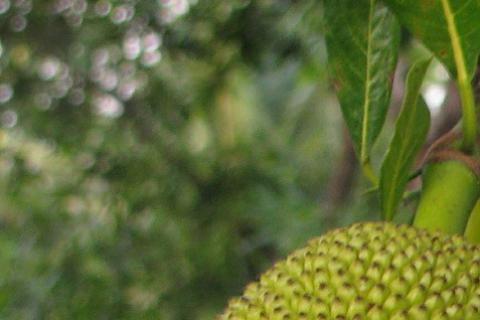ลำไย

Literal Breakdown
| Recording | English | Thai | Learn |
|---|---|---|---|
| The 36th consonant of the Thai alphabet | ล | ||
| vowel am | ำ | ||
| vowel ai mai malai | ไ | ||
| The 34th consonant of the Thai alphabet | ย |
Notes
Longan is a small fruit, similar to the lychee, which is common in Thailand and elsewhere in Asia.
The longan (龍眼 lóng yǎn, lit. "dragon eye"[1]), is so named because it resembles an eyeball when its fruit is shelled (the black seed shows through the translucent flesh like a pupil/iris). The seed is small, round and hard, and of an enamel-like, lacquered black. The fully ripened, freshly harvested shell is bark-like, thin, and firm, making the fruit easy to shell by squeezing the fruit out as if one is "cracking" a sunflower seed.
Quote taken from the Wikipedia page about the longan
See also this Wikipedia video showing the fruit being peeled and eaten.
Summary
The Thai translation for “longan” is ลำไย. The Thai, ลำไย, can be broken down into 4 parts:"The 36th consonant of the Thai alphabet" (ล), "vowel am" (ำ), "vowel ai mai malai" (ไ) and "The 34th consonant of the Thai alphabet" (ย).Examples of "longan" in use
There is 1 example of the Thai word for "longan" being used:| Recording | English | Thai | Learn |
|---|---|---|---|
| a fly on some longan peel | แมลงวันบนเปลือกลำไย |
Practice Lesson
Lesson

Lesson words
Lesson phrases
Acknowledgements
Image source
https://commons.wikimedia.org/wiki/File:Thai_fruit_220215_Longan_%E0%B8%A5%E0%B8%B3%E0%B9%84%E0%B8%A2_001.jpg



